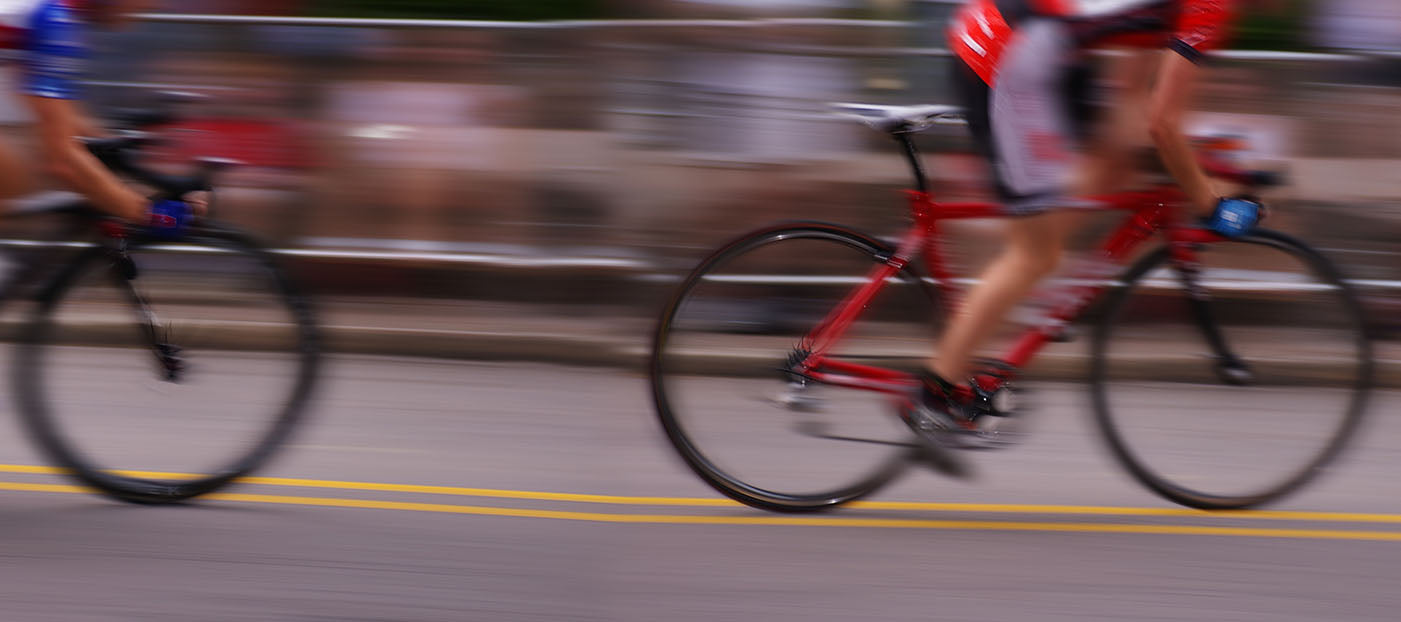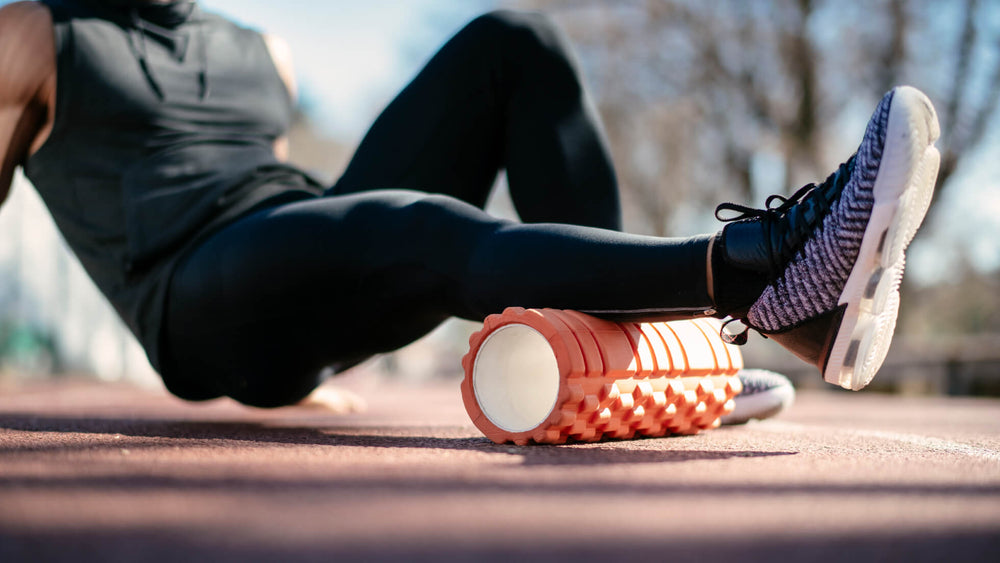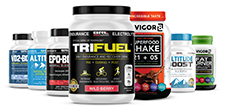Boost Cycling Endurance For a Happy Ending

Having people zip past you as your energy bottoms out before the end of a race can be very discouraging. All that training, preparation and effort only to run out of gas...
Aside from the bozo who cuts you off, causing a 15-cycle pileup 200 meters from the finish line, there is probably nothing that arouses your ire more than being passed by a half dozen cyclists just ahead of the finish line. You eat the right foods, you ride every day and you seem to be making improvement in your practice sessions. So what is the problem?
It could be your endurance.
What Causes Poor Endurance?
Quite often, through no fault of your own, your body simply is not utilizing the oxygen you breathe as efficiently as it could. Some people have a higher maximal oxygen intake than others. Maximal oxygen intake is also known as VO2 max. Generally, men have higher VO2 max than women, young people have a superior VO2 max to older people and trained athletes have a much higher VO2 max than non-athletes. Those with the highest VO2 max are world-class endurance athletes, including cyclists.
Studies of VO2 max have shown that elite athletes do not always have as much strength as others. What they do have, however, is exceptional endurance. Some athletes can compete over short distances, but without endurance, their lungs and bodies tire easily.
Endurance increases with proper training, coaching techniques and diet, but another factor inhibits performance: Running economy. This term refers to a person’s ability to vie competitively at a level lower than maximal oxygen intake.
Consider two racers with similar body strength cycling side-by-side for several kilometers. If one of the riders is pumping along at VO2 max, and the other is moving at less than VO2 max, the one working at less than maximal oxygen intake will be more rested throughout the race than the second competitor. Thus, the athlete who is able to compete at less than VO2 max will have more energy to expend as the two competitors approach the finish line.
Take Your Endurance to the Max
EPO-Boost blood booster and performance enhancer improves VO2 max and running economy to increase endurance, strength and speed.
EPO-Boost dramatically increases VO2 max and running economy, the most important predictors of running performance.
Now you can reap the benefits of increased VO2 max and running economy in your running and training. EPO-Boost ingredients have been shown to significantly increase VO2 max and running economy in university athletes. You will see huge gains in endurance, we guarantee it!
Take the next step in your training regimen: Try any BRL Sports supplement risk-free! If our natural nutritional products aren’t the best you’ve ever used, simply return your purchase for a 100% refund — no questions asked!
Also in Inspiration & Perspiration

High Altitude Supplements: Complete Guide to Training & Prevention (Altitude Sickness Solutions)
Support endurance and reduce altitude stress with supplements that improve oxygen efficiency, stamina, and recovery in high-altitude conditions.

Best Supplements For Runners: Complete Guide By Training Phase (Base, Peak, Taper & Race Day)
Discover the best supplements for runners by training phase—base, peak, taper, and race day—to boost endurance, recovery, and performance.

Creatine for Endurance vs. Sprint Efforts
Creatine isn’t just for power—learn how it boosts sprint speed, recovery, and endurance performance.


